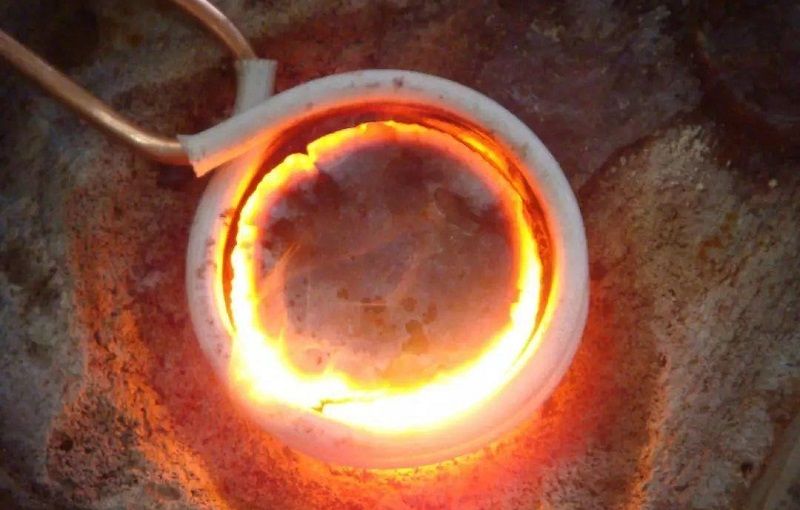
Forging can be divided into hot forging, warm forging and cold forging according to the forging temperature of billet during processing. The initial recrystallization temperature of steel is about 727℃, but 800℃is generally used as the dividing line, and above 800℃is hot forging. Between 300℃and 800℃is called warm forging or semi-hot forging, forging at room temperature is called cold forging.
Forgings used in most industries are hot forging, warm forging and cold forging are mainly used for forging parts of automobiles, general machinery, etc. Warm forging and cold forging can effectively save material.
Hot forging: The processing of billets above the recrystallization temperature of the metal.
Warm forging: forging process carried out within or around the recrystallization temperature to obtain precision forgings, which can improve the accuracy and quality of the forgings, while not having as much forming force as cold forging.
Cold forging: refers to the billet in the metal in the recrystallization temperature above the processing, cold forging surface quality is good, can make the metal strengthen, improve the strength of the parts. It is suitable for aluminum and some alloys, copper and some alloys, low carbon steel, medium carbon steel and low alloy structural steel with low deformation resistance and good plasticity at room temperature.
